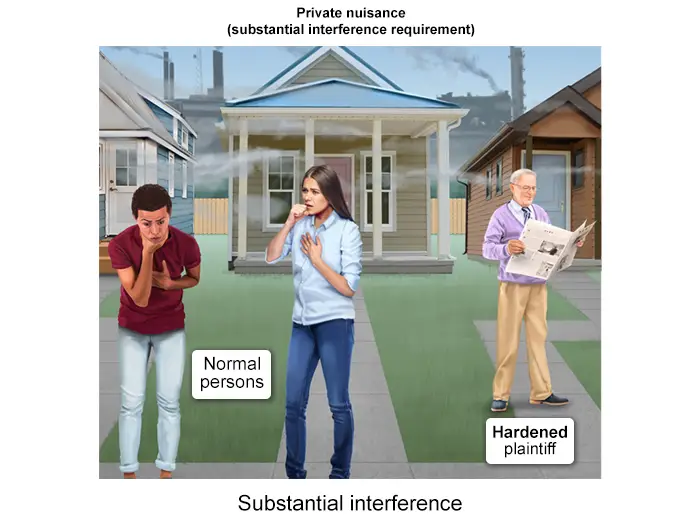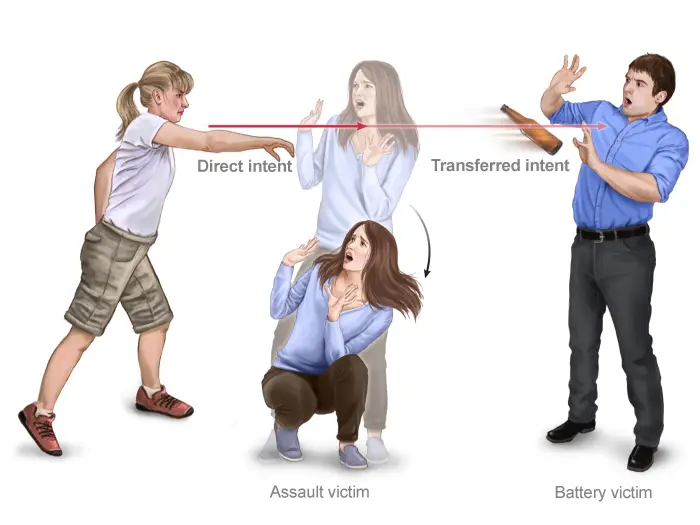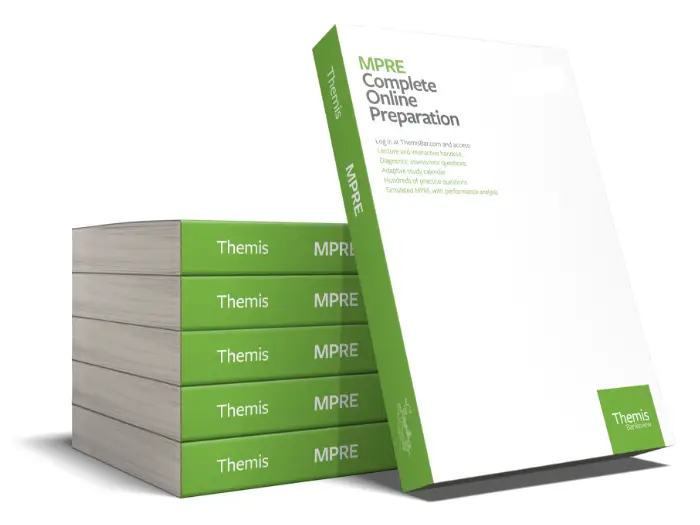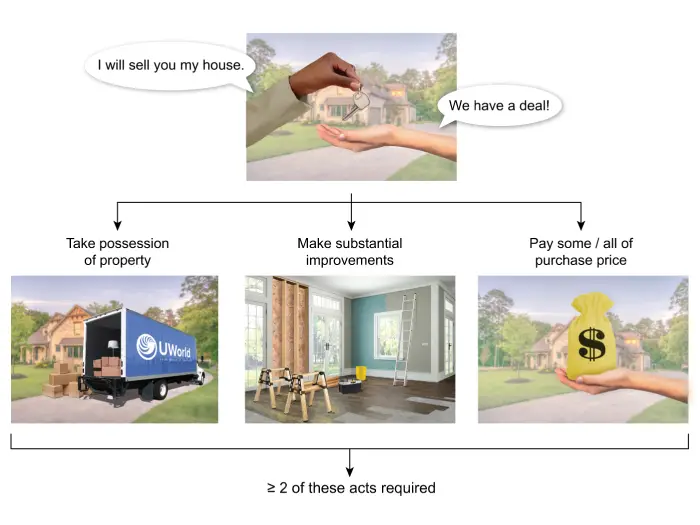What is the Bar Exam?
The first bar exam in what would become the United States was held in the Delaware Colony in 1763 as an oral exam before a judge, a practice that quickly spread to the other colonies. In 1885, Massachusetts administered the first written version of the bar exam. And by 1921, the American Bar Association (ABA) formally recommended written exams.
For many law students today, the bar exam represents a crucible, a pivotal trial by fire one must pass through to forge their careers as licensed attorneys. Whether you've come to this page as an aspiring lawyer, a current law student, or just to pique your curiosity, this article will give you a comprehensive overview of the bar exam, how to take it, and why.
Learn more about the history of the bar exam.



Why Take the Bar Exam?
The most obvious answer to the question, “Why take the bar exam?” is to become a lawyer. But gaining admission to the bar and obtaining licensure may lead to other occupations: law professor, judge, journalist, policy analyst, contract manager, tax law specialist, politician, etc. In fact, 132 members of the House (30.5%) and 51 Senators (51%) hold law degrees as of January 22, 2024, and in 1964, the New York Times ran a story entitled: Are There Too Many Lawyers in Congress?
However, becoming a lawyer is why most people take the bar exam. Lawyers typically represent clients in criminal and civil litigation and other proceedings, which includes drafting legal documents and advising on legal transactions. While being a lawyer can mean specializing in a single area or practicing more broadly, and the salaries and duties of lawyers vary greatly, the Bureau of Labor Statistics has good things to report about the profession in general:
- The median annual wage for lawyers was $135,740 (as of May 2022)
- Employment of lawyers is projected to grow 8% from 2022-2023, faster than the average for all occupations
- Approximately 39,100 openings for lawyers are projected each year, on average, over the decade
You may be interested in taking the bar exam for mainstream reasons, but wherever your career takes you, the knowledge and critical thinking skills you gain in preparation for the bar exam translate well into any endeavor or profession, be it in education or politics, or something seemingly unrelated.
How Hard is the Bar Exam?
There's no reason to sugarcoat it. The bar exam is hard. In fact, it may be one of the most difficult challenges you ever embark on. You must memorize numerous laws and consume a lot of knowledge to answer questions correctly. For many, it feels like trying to hold sand in your hands, knowing that you'll inevitably lose much of it.
Despite its difficulty, many law school graduates who take the bar exam pass the first time, with pass rates often ranging from about 50% to nearly 90%, depending on the jurisdiction. Students who attend ABA-accredited law schools have better outcomes than those who don't, as do first-time takers compared to repeat-takers.
Read more about bar exam statistics and pass rates.
Students who completed at least 75% of Themis’s July 2023 Bar Review course had a 12% higher pass rate than the state-wide average.

How to Study for the Bar Exam?
How you prepare is the difference between failing, achieving your dream score, and just squeaking by. See our Bar Exam Study Guide and our component-specific study guides for the Uniform Bar Examination (UBE®):
- Multistate Bar Examination Study Guide (MBE®)
- Multistate Essay Examination Study Guide (MEE®)
- Multistate Performance Test Study Guide (MPT®)
400 hours of study over 8-10 weeks is the general rule of thumb for studying for the bar exam, in addition to your legal education. Of course, if you have responsibilities outside of studying, you’ll need to spread out these hours over a longer period.
What is the Uniform Bar Exam (UBE)?
The UBE is a bar exam, but not the bar exam. It was developed by the National Conference of Bar Examiners (NCBE®) in 2011 to streamline score portability between jurisdictions by uniformly assessing the knowledge and skills that every lawyer should be able to demonstrate before becoming licensed. 41 jurisdictions have since adopted the UBE.
The UBE is administered over the last Tuesday and Wednesday of February and July. It consists of 2 sections and 3 components—a writing section (MEE, MPT), and a multiple-choice section (MBE). Candidates will be assessed by their ability to apply legal principles, draft legal documents, and effectively solve problems to ensure they can competently represent clients and complete entry-level legal tasks.
Read our in-depth guide on bar exam format and subjects, UBE scoring, and see the list of UBE jurisdictions below for a comprehensive overview of specific deadlines, fees, and details.
MBE
The MBE contains 200 multiple-choice questions divided evenly over 7 subjects. You'll notice that 7 x 25 does not equal 200. That's because the NCBE field tests 25 unscored pilot questions for future exams.
- Civil Procedure
- Constitutional Law
- Contracts
- Criminal Law & Procedure
- Evidence
- Torts
- Property Law
Learn More
MEE
The MEE consists of six 30-minute essay questions. The NCBE tests some MEE subjects together, while others may not be tested at all. For example, Civil Procedure has been tested on almost every MEE for the past 10 years, while Criminal Law has only appeared a few times.
- Business Associations
- Civil Procedure
- Conflicts of Law
- Constitutional Law
- Contracts and Sales
- Criminal Law and Procedure
- Evidence
- Family Law
- Real Property
- Torts
- Trusts and Estates
- Article 9 (Secured Transactions) of the Uniform Commercial Code (UCC)
Learn More

MPT
The MPT is designed to test an examinee's "lawyering skills" using only the materials provided. Examinees conduct these tasks in a closed-universe, fictional jurisdiction called "Franklin." The laws of the real world do not apply, so your critical thinking skills and understanding of fundamental legal principles are key.
- Legal Analysis and Reasoning
- Factual Analysis
- Problem-Solving
- Communication
- Recognizing and resolving ethical dilemmas
- Organization and management of a legal task
Learn More
UBE Jurisdictions
Bar Exam in Non-UBE Jurisdictions
The structure and content of the bar exam in non-UBE jurisdictions vary. However, all jurisdictions administer the MBE except for Louisiana and Puerto Rico. Non-UBE jurisdictions, California and Louisiana in particular, are known to have relatively difficult bar exams. For example, Louisiana’s bar exam is unique to material taught in the state, which operates under French Civil Law rather than English Common Law.
If you plan on taking the bar exam in a non-UBE jurisdiction, select the appropriate state from the list of non-UBE states for a detailed overview of its bar exam, or read more about the bar examination by state.
| California | Delaware | Florida | Georgia |
| Guam | Hawaii | Louisiana | Mississippi |
| Nevada | Northern Mariana Islands | Palau | Puerto Rico |
| South Dakota | Virginia | Wisconsin | - |
Transferring Bar Exam Scores Between Jurisdictions
What happens if you obtain your license in one jurisdiction but later decide to practice in another? If you've passed the UBE, the process is more straightforward and is handled by NCBE Score Services. Even so, each jurisdiction has unique policies regarding reciprocity and admission on motion.
Bar reciprocity refers to the ability of licensed lawyers in one state to practice law in another without taking that state's bar exam. However, you still may have to jump through hoops: character exams, extra courses, state-specific exams, etc. Many jurisdictions have reciprocity agreements with others. Those who don't have formal reciprocity often have policies allowing for admission on motion (or admission without examination).

Bar Exam Registration and Requirements
The registration process for each jurisdiction is unique. However, you’ll most likely have to create an NCBE account to register for an NCBE number at some point. While details will vary, most jurisdictions require some version of the following requirements to sit for the bar exam:
- Graduate with a Juris Doctorate (JD) or a Legum Baccalaureus (LL.B.) from an ABA-accredited or state-approved law school
- Undergo a character and fitness investigation and assessment
- Pass the Multistate Professional Responsibility Examination (MPRE®) before or after the bar exam
- Submit a completed application and pay a (often hefty) fee by a stated deadline
Learn More
- Bar Exam Requirements, Cost, and Fees
- Bar Exam Dates & Schedule
- Becoming a Lawyer in the US as a Non-Resident
- The Ultimate Guide to Becoming a Lawyer
What is the NextGen Bar Exam?
A “Content Scope Committee” conducted a 3-year long study to ensure that the bar exam accurately assesses the knowledge, skills, and abilities needed for competent entry-level legal practice. This was partly in response to criticisms that the current UBE emphasizes memorization over practical legal competency. As a result, NCBE began developing the NextGen bar exam, shifting away from a heavy emphasis on rote learning of legal doctrines. The NCBE plans to launch the new bar exam in July 2026.
Read more about the NextGen Bar Exam.
Frequently Asked Questions
How many times can you take the bar exam?
Can you take the bar exam without going to law school?
When do law students take the bar exam?
Why is the bar exam called the bar exam?
Which bar exam is hardest?
Which states do not require you to take the bar exam?
References
List out all references used to support statistics/data, research, quotes, etc.
